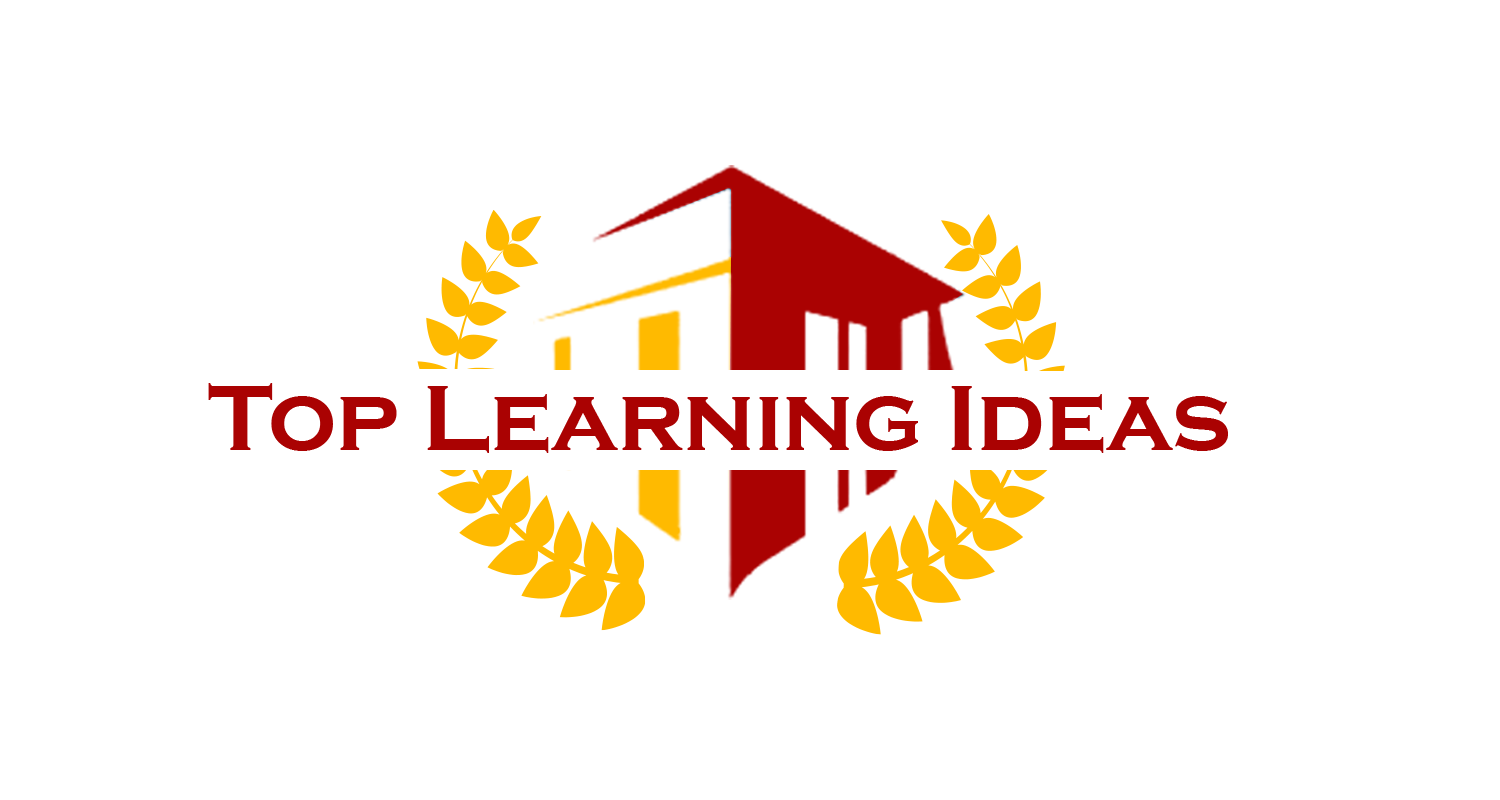Investing in a digital board can feel like a leap of faith for many schools and educators. With so many options on the market, understanding the true cost and the value it delivers is essential. From upfront hardware expenses to ongoing software subscriptions and support, this guide breaks down every component so you can budget confidently and make the best choice for your classroom.
What Is a Digital Board and Why It Matters
A digital board is more than a giant touchscreen; it’s a multimedia hub that replaces chalk and markers with interactive lessons, collaborative activities, and data-driven insights. Teachers can pull up videos, annotate PDF worksheets, and run live polls all from a single device. This level of engagement keeps students motivated, promotes collaboration, and helps tailor instruction to diverse learning styles.
For schools exploring options, a solid starting point is the digital board for teaching, which combines reliable hardware with intuitive software tailored for educational environments.
Breaking Down the Upfront Costs
When evaluating initial expenses, consider these key factors:
- Screen Size and Resolution
- 55–65 inches (HD): Budget-friendly, suitable for small classrooms (₹80,000–₹1,20,000).
- 75–86 inches (4K): Optimal for larger groups, sharper visuals (₹1,50,000–₹2,50,000).
- Touch Technology
- Infrared or capacitive touch: Infrared is affordable but less precise; capacitive offers low-latency and multi-touch support at a premium.
- Operating System and Software
- Embedded Android vs. Windows: Android boards are cost-effective; Windows-based boards allow native PC applications.
- Mounting and Accessories
- Wall mounts, mobile stands, styluses, and external speakers can add ₹10,000–₹30,000.
By aligning your classroom needs with the right combination of size, technology, and form factor, you’ll avoid overpaying for unused features.
Software and Licensing Fees
Hardware is only part of the story. Robust digital boards require software subscriptions for lesson management, cloud storage, and security:
- Whiteboarding and Annotation Suites (₹10,000–₹20,000/year
- Learning Management System (LMS) Integration (₹15,000–₹30,000/year)
- Cloud Storage (₹5,000–₹15,000/year)
- Security Patches & Firmware Updates (often bundled with annual maintenance)
These subscriptions ensure your board stays current with new interactive features and maintains strong cybersecurity defenses.
Installation and Training
Professional setup guarantees optimal performance:
- On-Site Installation: Calibrating touch sensors, mounting hardware, and network configuration typically cost ₹5,000–₹15,000.
- Teacher Workshops: Vendor-led training sessions (half-day to two-day) range from ₹8,000–₹20,000 per session.
- Technical Support Contracts: Annual service agreements covering parts and labor can add another 10–15% of the hardware cost.
Investing in proper installation and continuous training maximizes classroom uptime and teacher confidence.
Exploring Financing and Grants
Upfront costs can be daunting, but several financing options exist:
- Leasing Plans
- Spread payments over 2–3 years, often including maintenance in the monthly fee.
- Education Grants
- Central and state government programs fund digital initiatives check local schemes for eligibility.
- Public–Private Partnerships (PPPs)
- Corporate sponsors frequently support digital literacy projects through Corporate Social Responsibility (CSR) funds.
Leveraging these avenues can turn capital expenditure into manageable operational costs.
The True Cost: Total Cost of Ownership (TCO)
To understand long-term investment, calculate TCO over 5 years:
Expense Category
Year 1
Years 2–5 (annual)
5-Year Total
Hardware Purchase
₹2,00,000
₹2,00,000
Software Subscriptions
₹25,000
₹25,000
₹1,25,000
Installation & Training
₹25,000
₹5,000
₹45,000
Maintenance & Support (10%)
₹20,000
₹20,000
₹1,00,000
Total
₹2,70,000
₹50,000
₹4,70,000
This table illustrates that while the upfront purchase dominates, annual costs for updates, training, and support are significant and should inform budgeting decisions.
Comparing Price Points Across Brands
Not all manufacturers price their offerings equally. Premium brands may command a 20–30% markup for advanced features like ultra-wide viewing angles and built-in AI-driven analytics. Mid-tier boards strike a balance between functionality and affordability, while low-end models cut costs by limiting resolution or touchpoints.
For a well-rounded option that blends quality and value, consider researching the digital teaching board price on platforms catering specifically to Indian schools.
Value Beyond the Sticker Price
Pricier boards often include extras that enhance teaching and learning:
- Integrated Cameras and Microphones for hybrid classes
- Multi-User Modes that let 4–10 students annotate simultaneousl
- Preloaded STEM Simulations and assessment modules
- Analytics Dashboards tracking student participation and quiz performance
These features translate into deeper engagement, more personalized instruction, and data that informs continuous improvement.
Practical Tips for Cost Savings
- Opt for Bundled Packages: Hardware, software, and training bundled together often provide better per-unit pricing.
- Negotiate Volume Discounts: Purchasing multiple boards or partnering with nearby schools can unlock bulk rebates.
- Schedule Off-Season Purchases: Many vendors offer promotional rates during fiscal year-end periods.
- Assess Actual Needs: Avoid premium add-ons you won’t use. Focus on essentials like reliable touch performance and sturdy build quality.
Being strategic about purchases ensures you get maximum impact without overspending.
Measuring Return on Investment (ROI)
To justify costs, track these metrics over 12–24 months:
- Student Engagement: Increases in participation rates during lessons.
- Lesson Efficiency: Reduction in prep time and material printing costs.
- Academic Performance: Improved test scores linked to interactive modules.
- Teacher Feedback: Survey data on ease of use and lesson impact.
By quantifying benefits such as saved paper costs and enhanced learning outcomes, you can demonstrate a clear ROI to stakeholders.
Conclusion: Making an Informed Choice
A digital board for teaching is a substantial investment but one that pays dividends through heightened engagement, streamlined lesson delivery, and **rich analytics that empower educators. Understanding the breakdown of hardware, software, installation, and ongoing support costs arms you with the knowledge to plan effectively. Whether you’re eyeing a mid-range 75-inch display or exploring financing through grants and leases, this comprehensive guide ensures you budget wisely and choose a solution that transforms classrooms for years to come.

